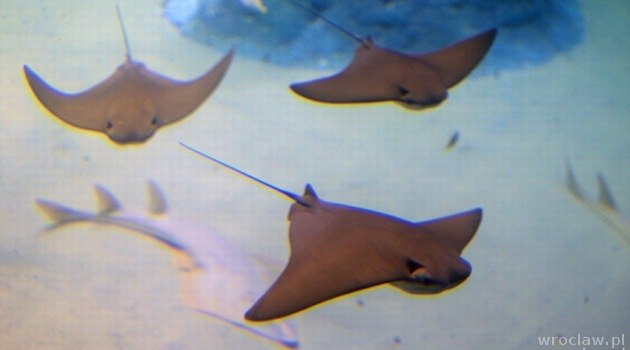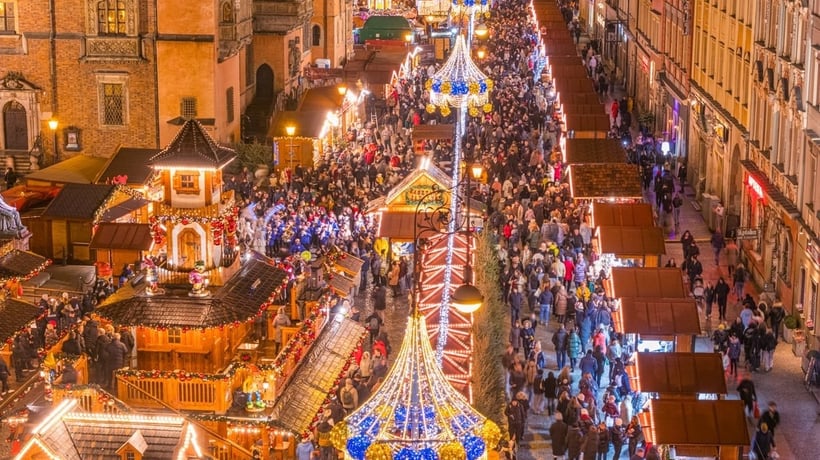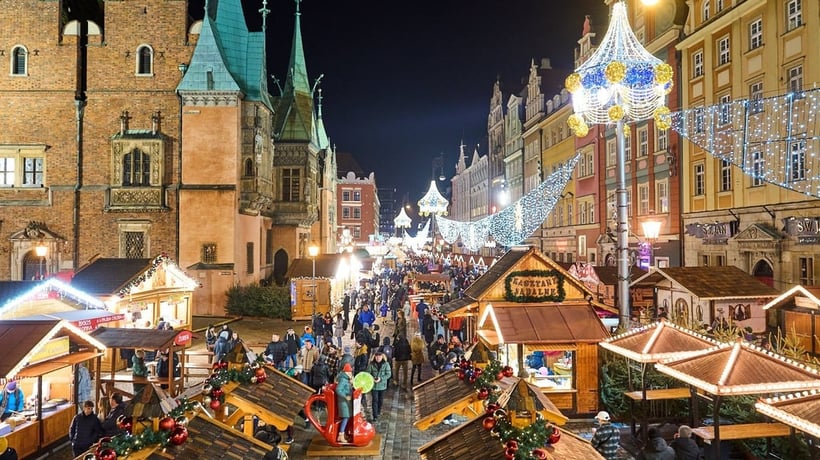We already know how much and what is eaten by inhabitants of Africarium Wroclaw, which was opened a month ago, and what food they like best.
Some prefer fish, and some like squid
A colony of 55 penguins receives meals consisting of herrings and sprats. In the beginning, it turned out that penguins that had lived in the Gdańsk Zoo preferred herrings, whereas their colleagues from zoo gardens in England preferred sprats, so caretakers give 30 kg of these fish to them. The same quantity of mackerel is eaten by South African fur seals; there are six of them at the moment.
A few kilograms of dry food for aquarium fish are released daily into three reservoirs: the Red Sea, Lake Malawi and Lake Tanganyika. This may seem a lot, but, according to employees of Africarium, 140 species of fish live there, with a few hundred fish swimming in each basin.
And what is fed into the Mozambique Channel – a basin for various species of sharks, rays and a green sea turtle? Well, many of us would like to see such products more often in our own menu. The food that is thrown there every day includes 5 kg of sea fish (mackerels, sprats, smelts), 2 kg of squid and 3 kg of seafood, such as mussels. Fish is delivered to sharks, whereas sprat and mussels are brought to other inhabitants of the reservoir: rays and a green sea turtle called Artur. The latter turned out to have quite a good appetite, so a separate feeding corner has been set apart for it.
‘We pour food in a few places, so that animals do not kill one another when getting it. In a separate place of the basin, we have to give food to the sea turtle, because it is greedy and strong and pushes and shoves too much,’ admits Mirosław Piasecki, Breeding Director of the Wroclaw Zoo.
Sea fish and seafood for animals in Africarium are obviously frozen at the time of delivery. In the kitchen at the backyard, they are put in a cold store, where they are thawed before their release. When the weather was hot, South African fur seals were exceptionally given a real treat: ice cream made of fish.
Vegetarians in Africarium
In Africarium there are also some herbivorous animals, such as two manatees (sea cows): brothers Amstrong and Gumla. Together they eat daily two boxes of lettuce (12 heads per each) and 8 kg of vegetables, including ribbed celery, peppers or fennel. However, they do not like carrots. ‘Apart from that, we pour into the water half a bucket of corn or wheat that was soaked in water one day earlier. It settles on the bottom, from which it is picked by the manatees – and they do this very eagerly,’ says Mirosław Piasecki.
Other herbivores are three hippopotamuses: Rumba, Salsa and male Valecek, who also need a lot to eat. Each of them consumes daily 25 kg of food on the average, including 10 kg of straw and 15 kg of various seasonal fruit and vegetables. Hippopotamus will accept pumpkins, carrots, lettuce and apples, but in the summer they prefer mainly large quantities of fresh grass.
The diet of salt’s dik-diks – small antelopes – consists of straw, twigs and special granulate.
In comparison to other animals in Africarium, a pair of aardvarks receives a unique menu consisting of mealworm larvae - they must get half a bucket of pulp from these larvae every day.
Finally, it is worth writing a few words about the diet of Nile crocodile. They fast for as many as four days, eat mackerel twice a week (1 kg of fish per crocodile) and are given a rat (a dead one, of course) once a week. 'This is what they’ve become accustomed to for years, and we aren't going to change this,’ says Mirosław Piasecki.






